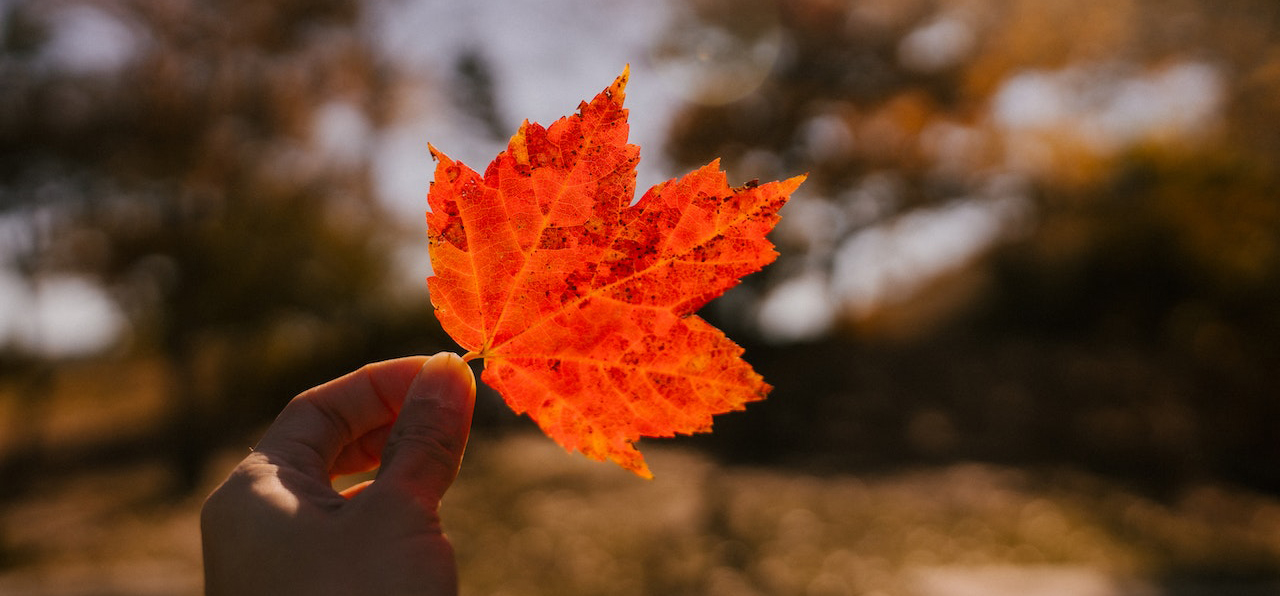For Indigenous peoples, maple trees have deep symbolic meaning since they represent the union of nature and religion. The cyclical aspect of life is reflected in the trees’ annual cycle of dormancy in winter and rebirth in spring, which is integral to many cultural narratives, rituals, and practices. It is widely held that maple trees are endowed with their own distinct personality and that the sap they produce is a vital source of energy. The maple tree is a symbol of the harmony and balance found in nature, and its story has been passed down through the generations. The act of tapping into these trees is treated with respect and appreciation since it represents a two-way exchange with nature.
For thousands of years, indigenous people have gathered around maple trees to celebrate the coming of spring. Festivities such as this often feature elaborate meals, dances, and musical performances that pay homage to cultural traditions and bring neighbors together. Making maple syrup from raw sap into delicious liquid gold involves patience, craftsmanship, and an intimate awareness of nature’s rhythms, all of which have been passed down from generation to generation.
Sap from maple trees is collected through the tapping process. Taps or spouts are put into small holes bored into the trunks to collect the sap. After collection, the sap is reduced to syrup by boiling it in big kettles over an open fire or in contemporary evaporators. Making syrup is a communal activity, with experienced adults passing on their knowledge to the next generation. Indigenous tribes benefit greatly from the preservation of their culinary traditions through the transmission of knowledge from generation to generation.
In order to ensure that maple trees remain healthy and continue to produce sap year after year, it is important to tap them in a responsible manner using proper tapping techniques and a restricted amount of taps per tree. When the sap begins to flow from maple trees in late winter or early spring, it is the optimal time to do so. When used in place of sugar, maple syrup imparts a distinctive flavor and is a great natural sweetener. Traditional indigenous food is easily recognizable due to its close ties to the land and the local materials from which it is prepared. The survival and spread of maple trees depend on their ability to both sexually and asexually reproduce.
Sexual reproduction in the maple tree results in the formation of seed pods called samaras from the blooms. These structures aid in pollen transport from male to female flowers, allowing for the formation of samaras that will eventually carry seeds. Once the seeds have developed, they drop off the tree or are blown away by the wind. Not all seeds will germinate due to variables including animal consumption, environmental circumstances, or competition from other plants. Germination and growth occur when the seeds land in proper conditions. New saplings emerge from the tree’s underground root system via root sprouts, sometimes called suckers, during asexual reproduction, also called vegetative propagation.
Taking cuttings from vigorous branches and allowing them to root in a nutrient-rich medium are two methods for spreading maple species and cultivars. As a whole, these ecological processes aid in the dispersal and diversity of maple trees throughout a wide range of environments.
Canada’s national symbol of the maple leaf dates back millennia. Its use as a national symbol dates back to the 18th century, and its popularity only grew throughout the 19th. The maple leaf was already well recognized as a symbol of Canadian culture by the time Canada gained independence in 1867.
The maple leaf is Canada’s national symbol for many different reasons. To begin, Canadians and visitors alike are likely to see a maple tree throughout their time there. Second, the maple leaf, with its many shades of green throughout the year, represents growth and rejuvenation. Finally, the maple leaf’s simplicity and universal recognition make it an ideal symbol for use in flags and other national emblems.
A committee was established in 1964 to select a new Canadian national flag. After much deliberation, the committee settled on a flag with a single red maple leaf against a white backdrop. Since its official adoption on February 15, 1965, Canada’s flag has represented the country internationally.
Canadians see various meanings in the maple leaf. It stands as a symbol of the country’s history, culture, and aesthetic appeal. Canadians can take pride in it because it will represent their country for generations to come.

